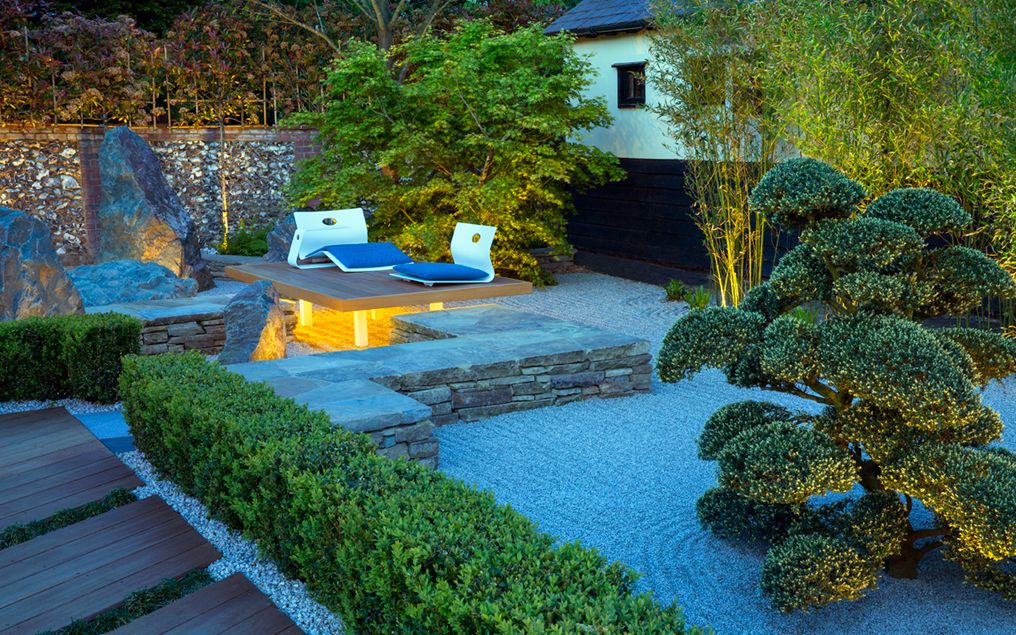
Can you imagine yourself sitting on the rocks by a quiet pond surrounded by green thickets? If this is what you dream of, you need to create a Japanese garden on your site. Schematically, it looks like this: a reservoir (it symbolizes the sea), along the banks of which there are moss-covered stones (mountains), and the green crown of trees and bushes completes the picture. The natural landscape is ready.
1. Size and Area Don’t Matter
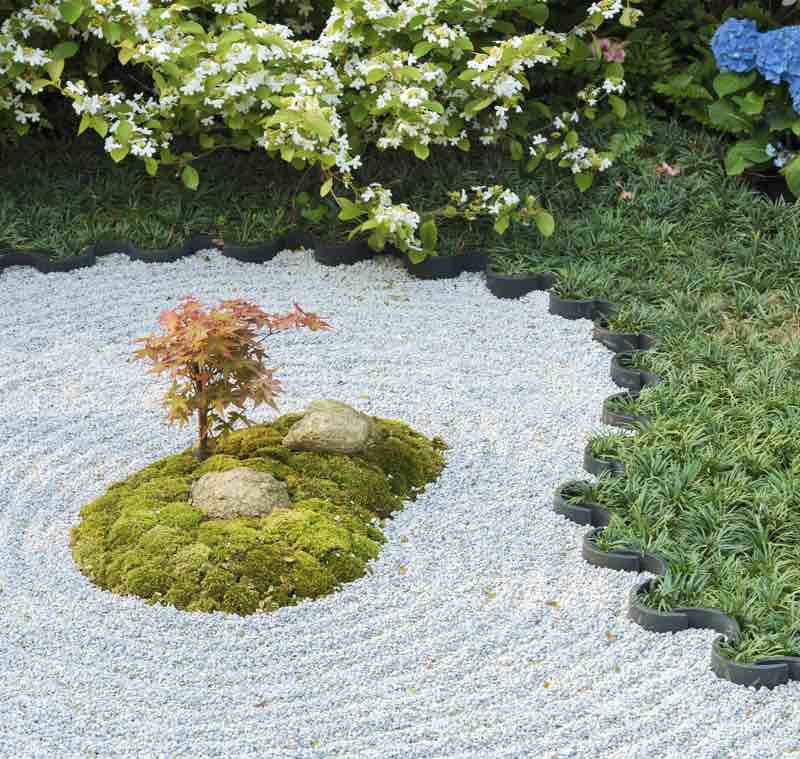
Do not despair if you have problems with free space on the site. Any piece of land, even the most unsuitable piece of land, is suitable for a Japanese garden. The relief is also irrelevant.
2. Water
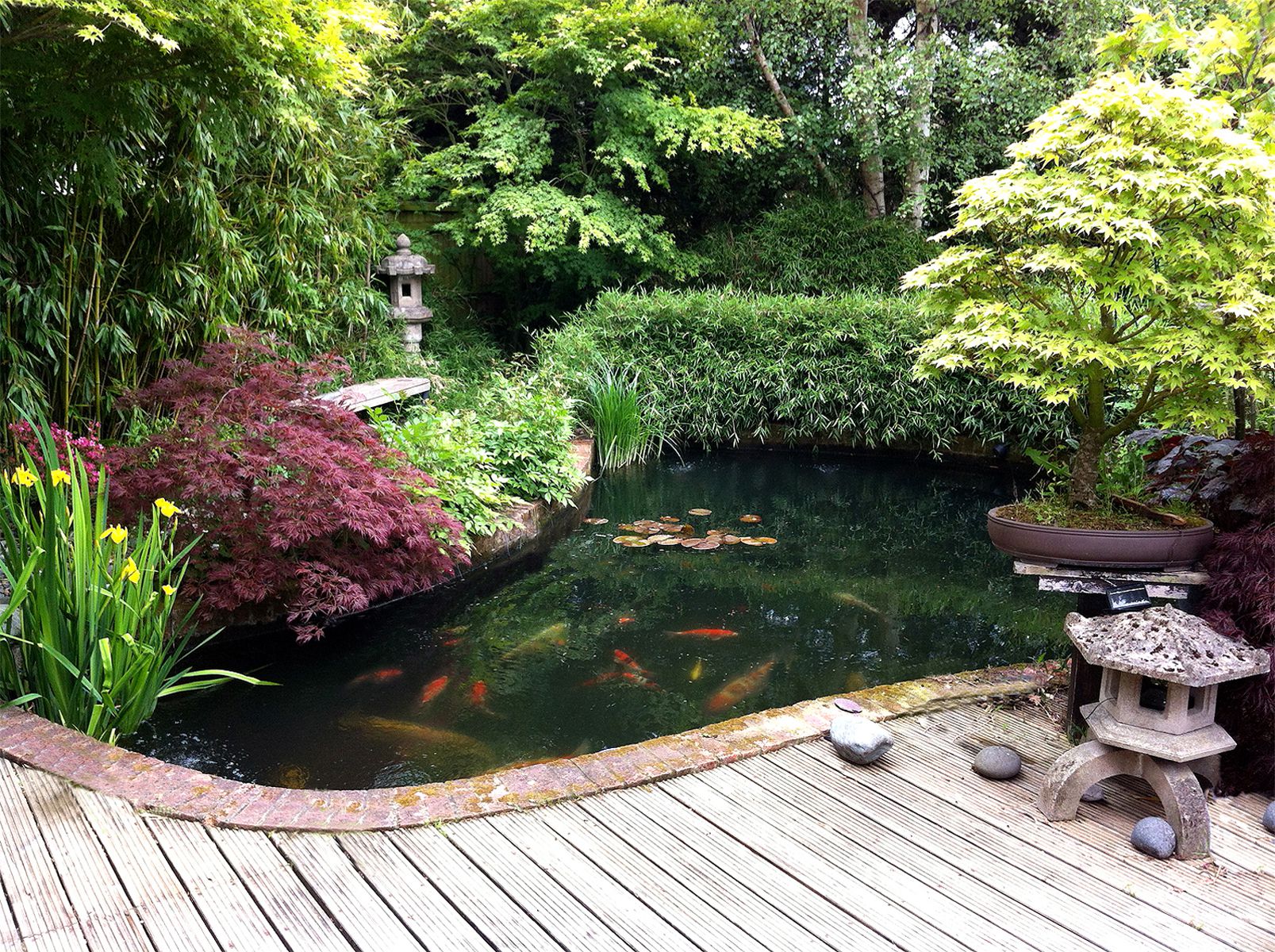
A body of water in a Japanese garden can be of very different shapes but by no means geometric. Its banks are usually rugged. The reservoir itself is usually shallow. Often there are stones in it so that you can cross over to the other side. Sometimes stones are replaced with slabs.
3. Bridges
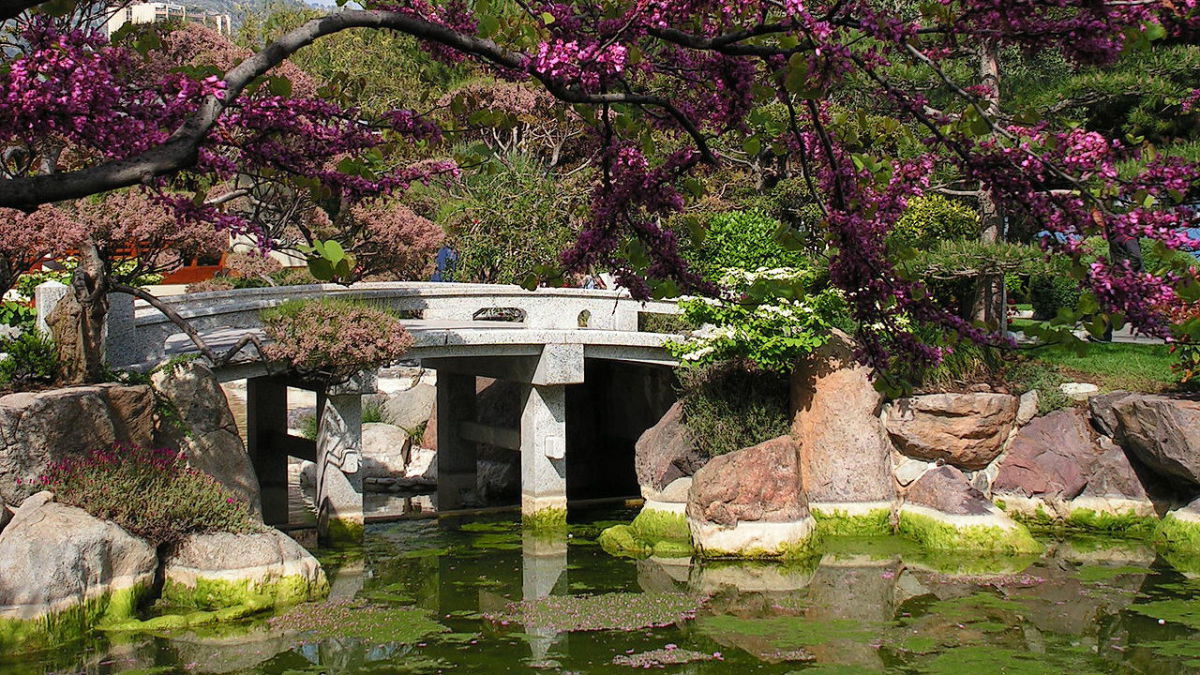
If your reservoir is deep, then a bridge can be made across it. For the Japanese, garden bridges are not at all the same as for the Europeans. In Japan, the bridge is a symbol. Therefore, it may not be intended for walking at all. Or it is laid directly on dry ground. But more often, it is precisely a means of crossing the reservoir. Make a wooden humpbacked bridge with railings – and the oriental flavor of your garden is guaranteed.
4. Stones
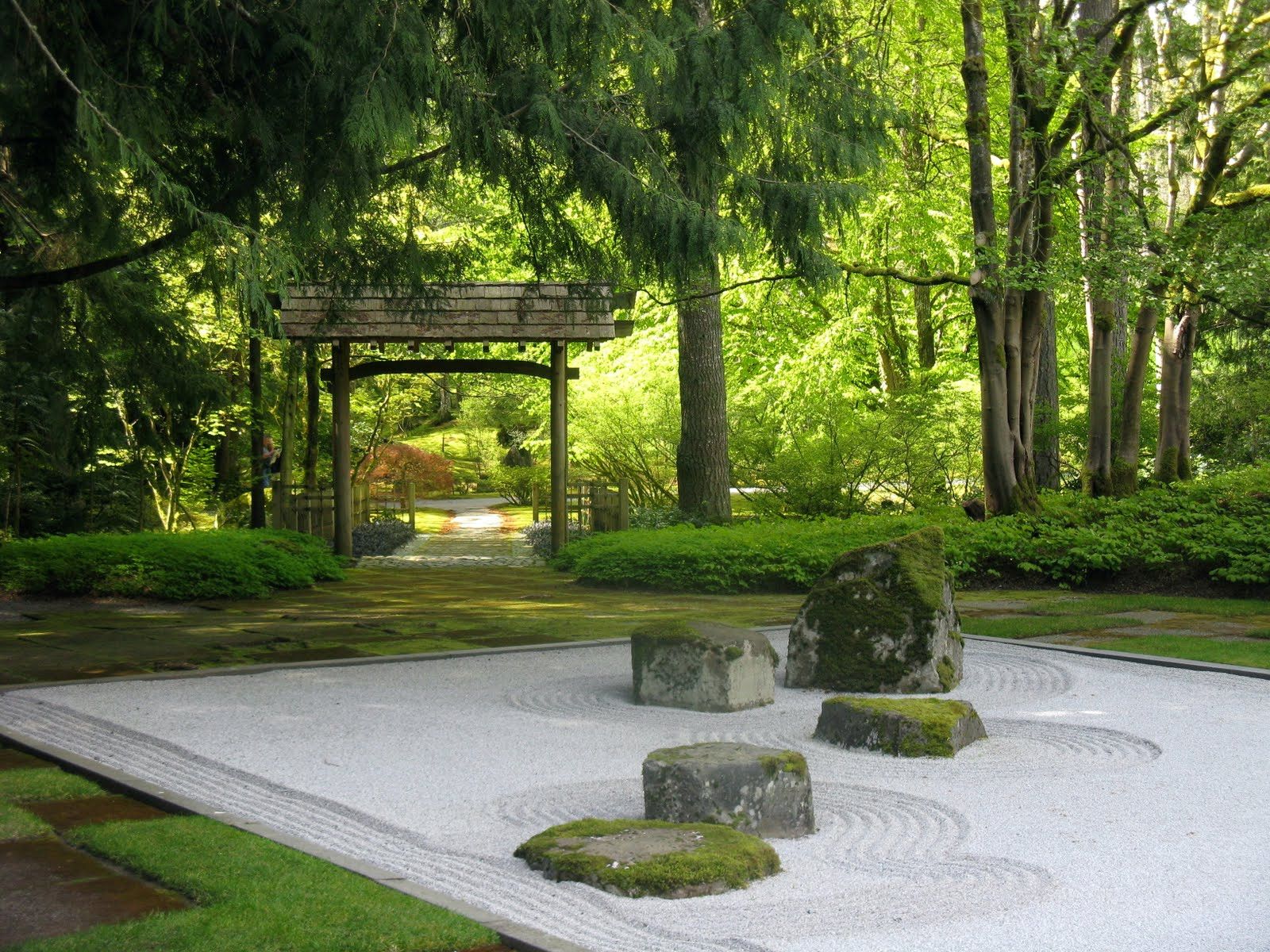
Stones are a symbol of peace. In the Japanese garden, they are placed in groups: one, the largest, in the center, around it, are smaller stones. The stones should be round, of different sizes and ages. To do this, plant moss on them. Water the stones more often – and the moss will quickly take root. Such mossy stone compositions form the basis of the Japanese garden.
5. Plants
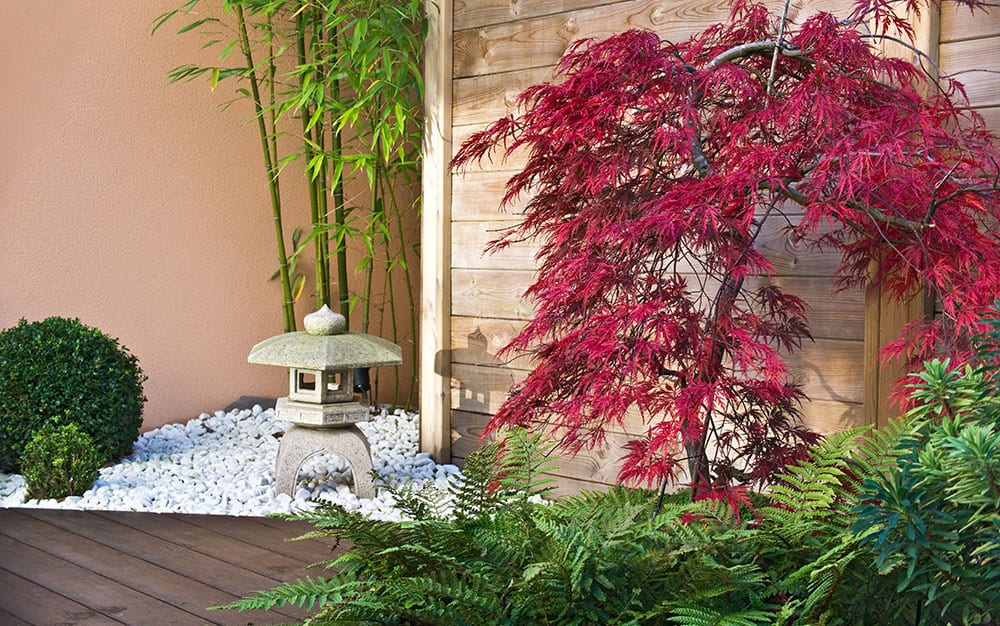
European gardens are gardens with vibrant flower beds. This will not work in Japanese. Color is not dominant here. At best, it only heightens accents in certain places.
In the Japanese garden, you can see sakura, ornamental plum, magnolia, rhododendron. There are also familiar peonies, irises, chrysanthemums. Also, the most suitable plants are dwarf pine, fern, heather, Japanese maple, hydrangeas hosts.
6. Fence
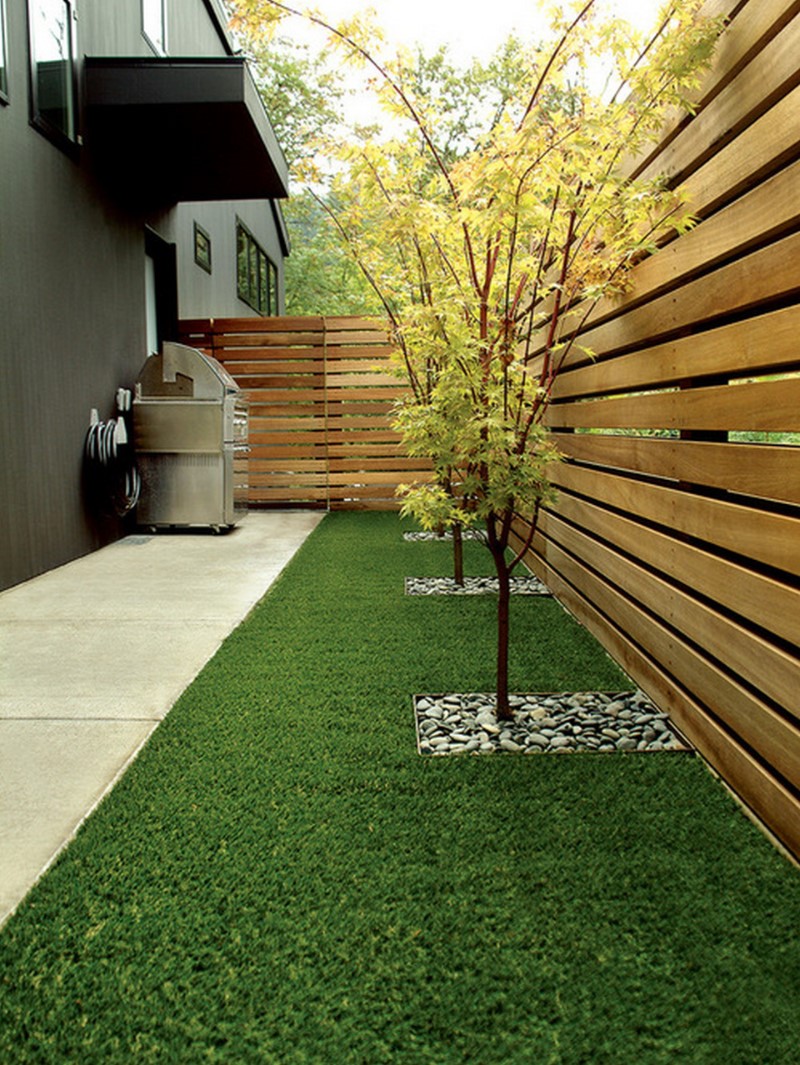
You can often see a hedge in a Japanese garden. It either carries a purely decorative function or separates the territory of the Japanese garden from the rest. This is a very convenient technique if you have allocated a small corner of the site for your exotic garden, which you need to “hide.”
7. Shine
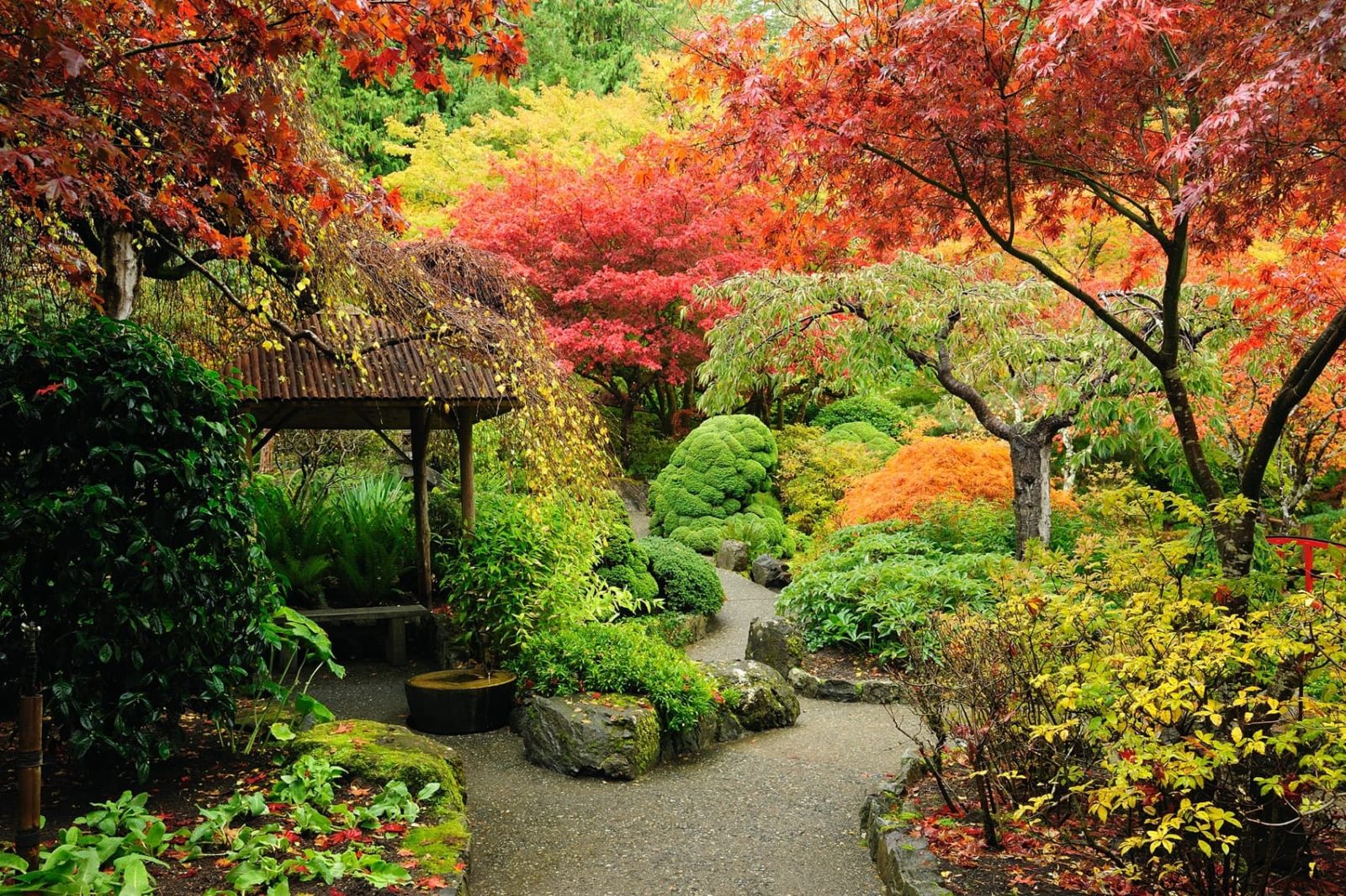
The Japanese garden is illuminated with special lanterns of different sizes. The largest is stone, with a height of 1.5 to 3 meters. Slightly less – lanterns with light directed downward are called hidden. Some lanterns are located exclusively near water bodies. The smallest ones illuminate the paths.
8. Tracks
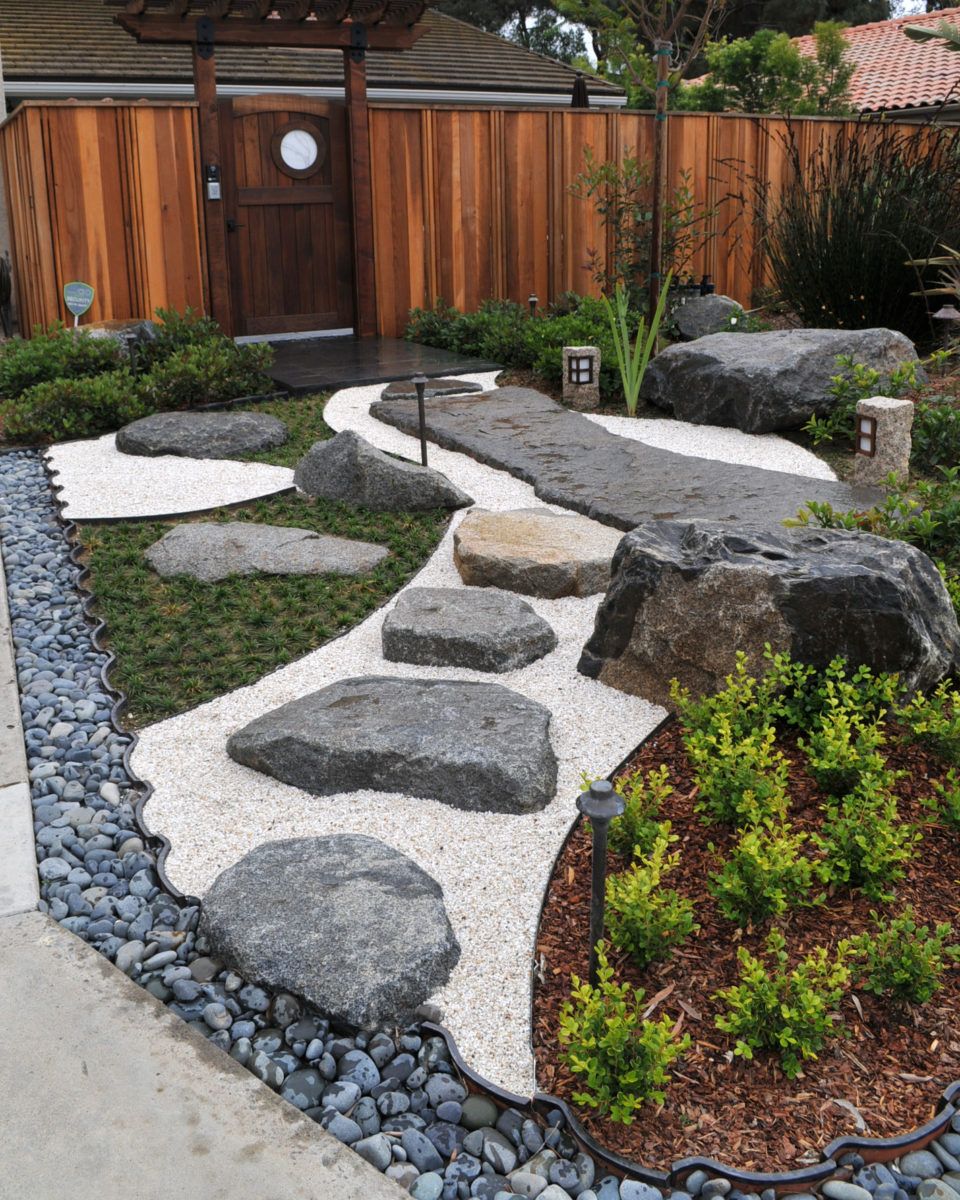
Like water bodies, paths in a Japanese garden do not have the correct geometric shape. On the contrary, they are winding, as they symbolize our paths of life, which connect fragments of life into a single whole. They are laid out only from natural materials. They are always beautiful and comfortable.
When creating a Japanese garden, remember the main thing: it serves not for walking but solitude and silent contemplation of the beauty of the surrounding nature.






